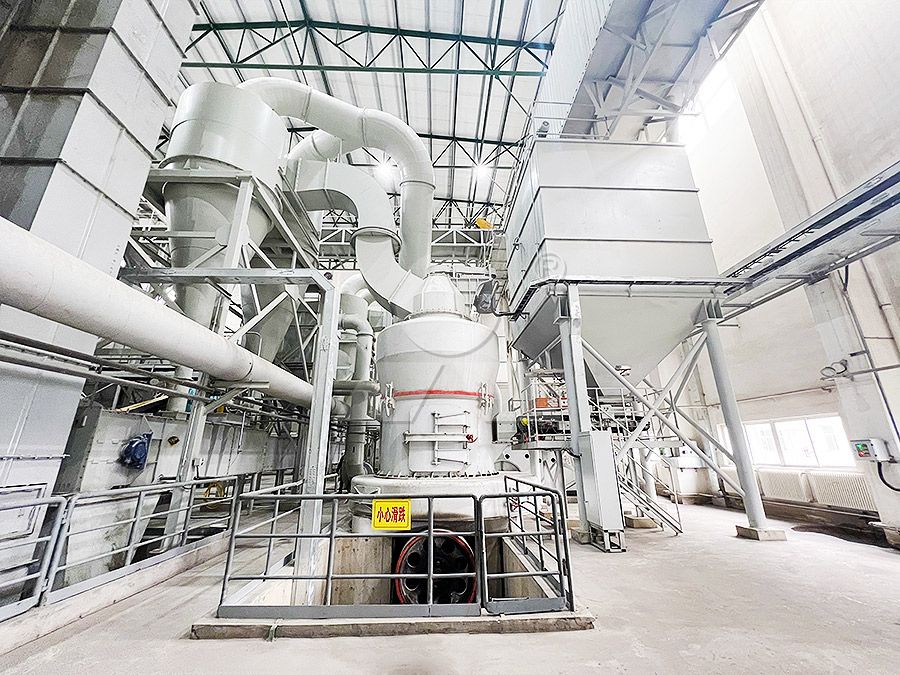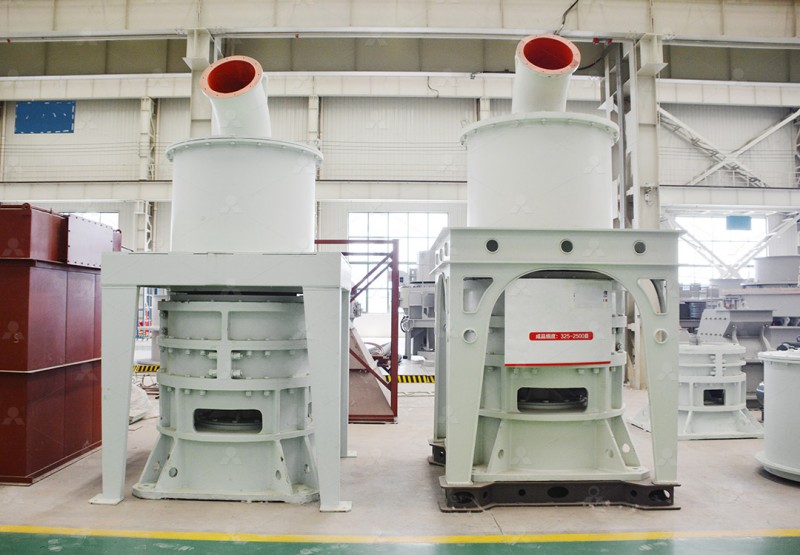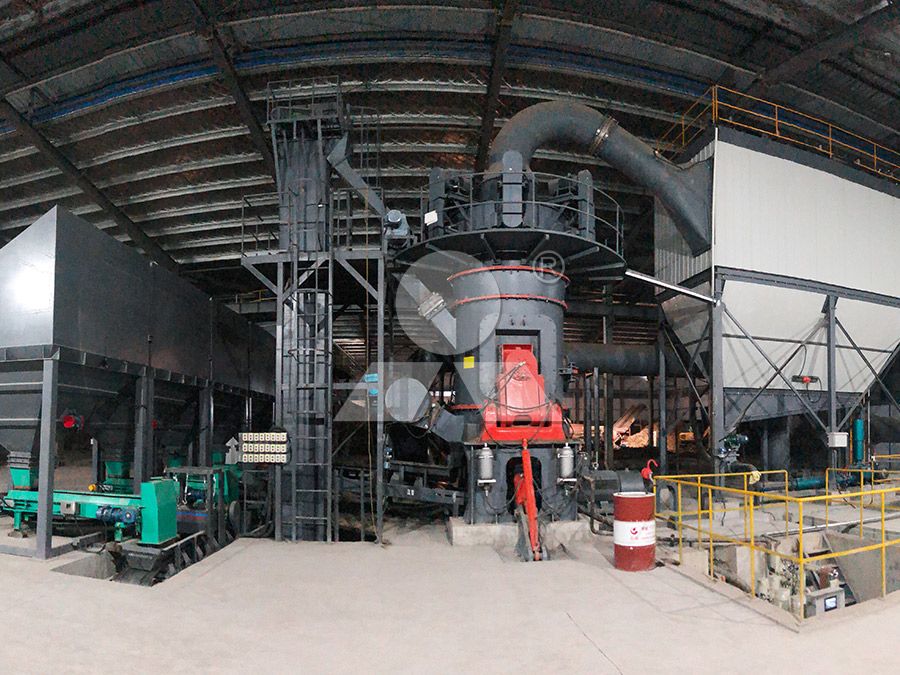Phosphate Rock Vertical Roller Mill for Efficient Grinding
Unlocking Efficiency in Phosphate Rock Processing
The grinding of phosphate rock presents unique challenges that demand specialized equipment. With its moderate to hard abrasiveness and specific liberation characteristics, phosphate rock requires grinding solutions that balance energy efficiency, product quality, and operational reliability. Traditional grinding methods often fall short in meeting these complex requirements, leading processors to seek more advanced alternatives.

The Vertical Roller Mill Advantage
Vertical roller mills have emerged as the preferred technology for phosphate rock grinding due to their superior energy efficiency and processing capabilities. Unlike conventional ball mills that rely on impact and attrition between grinding media, vertical mills utilize large-diameter grinding rollers that compress material against a rotating table. This mechanism proves particularly effective for phosphate rock, where controlled particle size distribution and minimal overgrinding are critical for downstream processing efficiency.
The inherent drying capability of vertical roller mills represents another significant advantage. Phosphate rock often contains moisture that can hinder grinding efficiency and material handling. Integrated hot gas generators can dry material simultaneously with grinding, eliminating the need for separate drying equipment and reducing overall plant footprint.
Advanced Solutions for Phosphate Processing
For operations requiring ultra-fine phosphate powders, the MW Ultrafine Grinding Mill offers exceptional performance. With an input size capability of 0-20 mm and capacity ranging from 0.5-25 tph, this mill is specifically engineered for customers needing to produce ultra-fine powder. The MW series achieves adjustable fineness between 325-2500 meshes while consuming only 30% of the energy compared to jet grinding mills. Its innovative design eliminates rolling bearings and screws in the grinding chamber, preventing common failure points and ensuring continuous 24-hour operation.

Another standout solution for phosphate applications is the LUM Ultrafine Vertical Grinding Mill, which handles input sizes up to 10 mm with capacities of 5-18 tph. This mill incorporates the latest grinding roller technology and German powder separating technology, delivering higher yielding rates and better product quality. The LUM’s unique roller shell and lining plate grinding curve design generates material layers more effectively, enabling high rates of finished products through single-pass milling. Its reversible structure allows easy maintenance access, significantly reducing downtime for wear part replacement.
Operational Benefits in Phosphate Applications
Vertical roller mills provide phosphate processors with multiple operational advantages. The compact design reduces facility footprint by up to 50% compared to ball mill systems, while integrated dust collection systems maintain clean working environments. Advanced control systems enable precise adjustment of grinding parameters to accommodate variations in phosphate rock characteristics, ensuring consistent product quality.
Maintenance considerations are particularly important in phosphate processing due to the abrasive nature of the material. Modern vertical mills address this through wear-resistant materials in critical components and designs that facilitate quick replacement of wear parts. The absence of direct metal-to-metal contact between grinding elements in some models further extends component life and reduces contamination risk.

Environmental and Economic Impact
The transition to vertical roller technology for phosphate grinding delivers substantial environmental benefits. Lower energy consumption directly translates to reduced carbon emissions, while advanced dust collection systems ensure emissions remain well below regulatory requirements. The efficient grinding mechanism also minimizes heat generation, reducing cooling requirements and associated energy use.
From an economic perspective, the combination of lower energy costs, reduced maintenance requirements, and higher availability creates a compelling business case. Many phosphate processors report payback periods of less than two years when upgrading from traditional grinding systems to modern vertical roller mills.
Frequently Asked Questions
What makes vertical roller mills particularly suitable for phosphate rock grinding?
Vertical roller mills offer superior energy efficiency, integrated drying capability, and precise particle size control that aligns perfectly with phosphate rock’s processing requirements. Their compressive grinding action is more effective than the impact-based approach of traditional mills.
How does the MW Ultrafine Grinding Mill handle the abrasive nature of phosphate rock?
The MW mill incorporates several design features to combat abrasion, including the elimination of rolling bearings and screws in the grinding chamber. This prevents common failure points, while wear-resistant materials in critical components extend service life between maintenance intervals.
What fineness levels can be achieved with modern vertical mills for phosphate applications?
Advanced models like the MW Ultrafine Grinding Mill can achieve fineness levels between 325-2500 meshes, with screening rates achieving d97≤5μm in a single pass. This range covers most phosphate rock processing requirements.
How do vertical mills compare to traditional ball mills in terms of operating costs?
Vertical roller mills typically reduce energy consumption by 30-50% compared to ball mills, while their compact design lowers facility costs. Reduced maintenance requirements and higher availability further contribute to lower operating costs over the equipment lifecycle.
